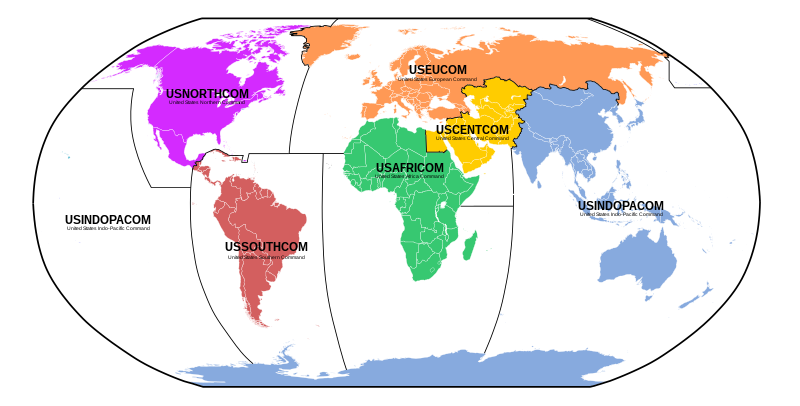By MATTHIAS OLDORFF | A higher salary, a good job or a better education are not decisive for general life satisfaction; much more important are social integration, a stress-reducing lower human density, ethnic homogeneity and an environment close to nature, according to a Canadian study. When children grow up together with animals in the countryside, this strengthens their immune system and later reduces their susceptibility to mental illness.
According to a German-American study, men aged 20-40 who grew up in a rural environment with animals show fewer signs of chronic stress than those who grew up in a metropolitan environment without animals. After a challenging test and lecture, urbanites had more evidence of a stress response such as a cellular immune response and inflammatory and anti-inflammatory markers. Inflammatory markers have been linked to later depression and PTSD. Scientists suspect the cause to be a reduced engagement of the child’s immune system with microbial stimuli. It has also been known for some time that growing up in a rural environment reduces susceptibility to asthma and allergies.
Large study: Country Bumpkins more content than City Dwellers
In an analysis of more than 400,000 questionnaires from community health services in Canada, researchers from the Vancouver School of Economics found large differences in life satisfaction between rural communities and big cities. Rural residents feel more connected to their social environment, live locally longer on average and have higher overall life satisfaction. Fewer strangers live in their community, the population density is lower, and on average a smaller proportion of income has to be spent on housing.
“Biophilia” or a life close to nature
Until the high Middle Ages, about 90% of people lived from agriculture, around 1800 this figure was still 75% in Germany, in 1900 it was still 38% and in 2020 it will be only 2%. Living in small, manageable communities together with animals was therefore the normal way of life until a few generations ago. We are actually not evolutionarily adapted to large cities. The dependence of our mental health and good mood on plants and animals also shows that we can really only thrive in a near-natural environment.







